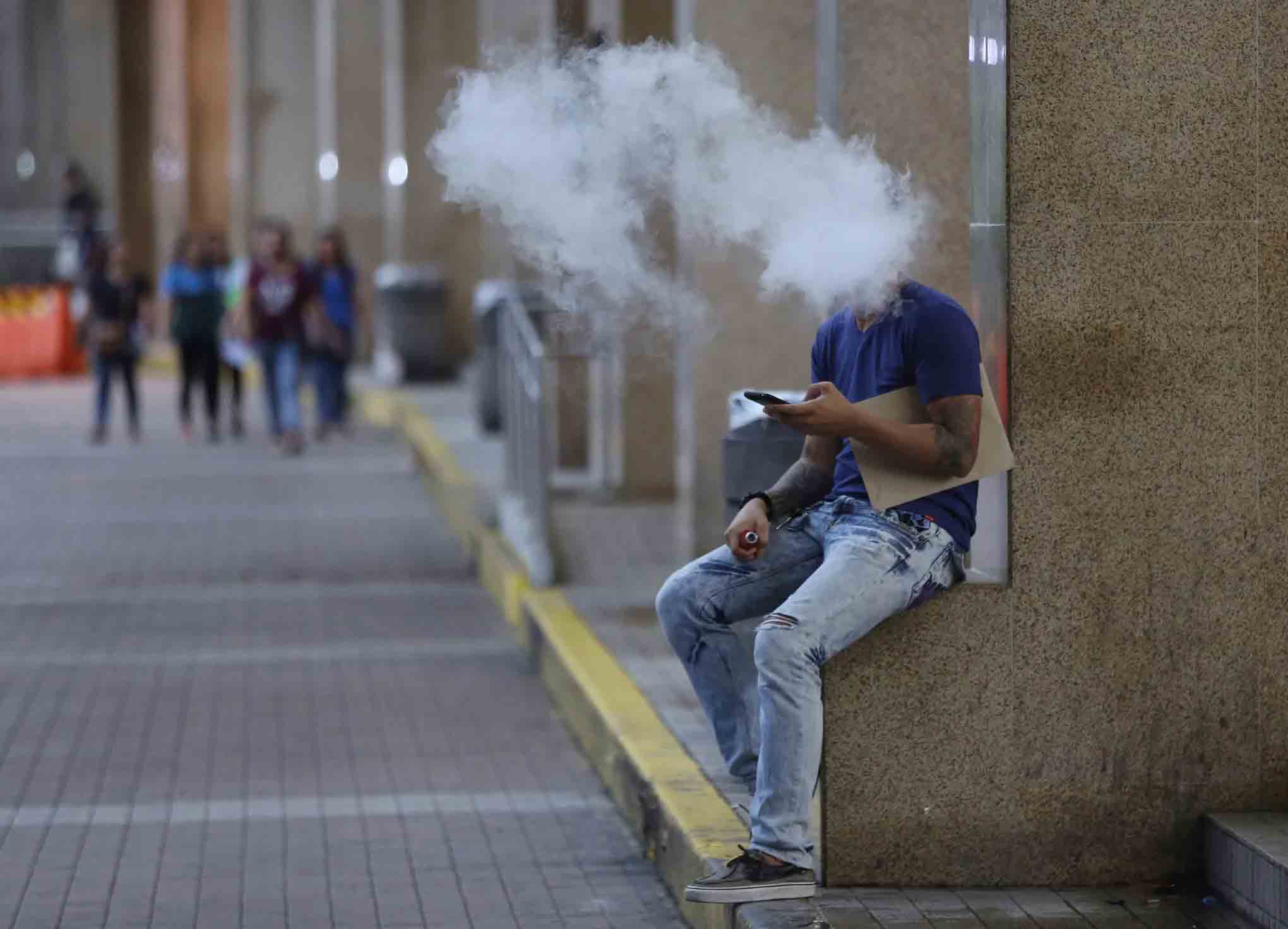The U.S. vaping industry faces its most aggressive financial threat to date as President Donald Trump announced an immediate tariff hike on Chinese imports, pushing the total duty to an unprecedented 125%. While the White House confirmed a 90-day pause on the broader “reciprocal tariffs” program affecting other countries, China has been explicitly excluded from this reprieve.
Tariff Timeline:
- 2018: A 25% tariff was imposed on Chinese vaping products.
- Early 2025: Two additional 10% tariffs were implemented, bringing the total to 45%.
- April 9, 2025: An additional 34% tariff was enacted, increasing the cumulative rate to 79%.
- Later on April 9, 2025: A further 50% tariff was announced, raising the total to 129%.
- April 10, 2025: Raise the tariff to an unprecedented 125%, culminating in a 150% tariff on Chinese vaping products.
Total tariff of 150% = 25% basic tariff in 2018 + 125% increased this time
“Based on the lack of respect that China has shown to the World’s Markets, I am hereby raising the Tariff charged to China by the United States of America to 125%, effective immediately,” Trump declared on his social media platform Wednesday morning.

This sharp escalation follows a 34% retaliatory tariff imposed by China on U.S. goods and a prior U.S. tariff hike bringing the rate to 104%. With the latest increase, vape products imported from China now face more than double their original landed cost in added tax—a historic and destabilizing blow to the industry.
No Domestic Safety Net for Vaping Industry
The U.S. vape market remains heavily reliant on Chinese manufacturing, with no large-scale domestic production of vape hardware. Devices such as disposable vapes, pod systems, mods, and atomizers are all primarily made in China.
These tariffs, rather than bolstering U.S. producers, threaten American vape importers, wholesalers, and retailers, most of whom operate on tight margins. The result? Significant price increases are almost guaranteed to hit consumers in the coming weeks.
Consumer Impact: Bracing for Sticker Shock
While companies across the supply chain may attempt to absorb some of the cost, the sheer magnitude of the 150% tariff makes that unsustainable for most. The average disposable vape, once wholesaled at $6, could now cost over $13 before shipping, warehousing, and retail markup.
Industry insiders are warning that many small and mid-sized vape businesses may not survive this policy shift, leading to job losses and reduced consumer choice—ironically achieving the opposite of the tariff’s intended goal of protecting U.S. businesses.
China Strikes Back
China has already responded with its own 84% tariff on U.S. exports, and further retaliatory measures are expected. Trade experts warn of a renewed tit-for-tat cycle reminiscent of the 2018-2019 trade war that destabilized global markets and cost American farmers over $20 billion in bailout funds.
Industry Plea for Clarity and Relief
Vape industry leaders are calling for immediate dialogue and relief options. With no time to adjust sourcing or restructure supply chains, many warn that the next 90 days may decide the fate of hundreds of U.S. vape businesses.
“Tariffs are meant to protect domestic industries—but what happens when there’s no domestic alternative? This isn’t protection; it’s punishment,” said a spokesperson from the American Vape Trade Association.
About vapeobservation
Vapeobservation delivers breaking news, market analysis, and advocacy updates for the global vaping community. Our mission is to ensure consumers and stakeholders are informed and empowered in an ever-changing regulatory landscape.









I like this web blog very much, Its a very nice post to read and obtain info . “The world breaks everyone, and afterward, many are strong at the broken places.” by Ernest Hemingway.
Don’t advertise.